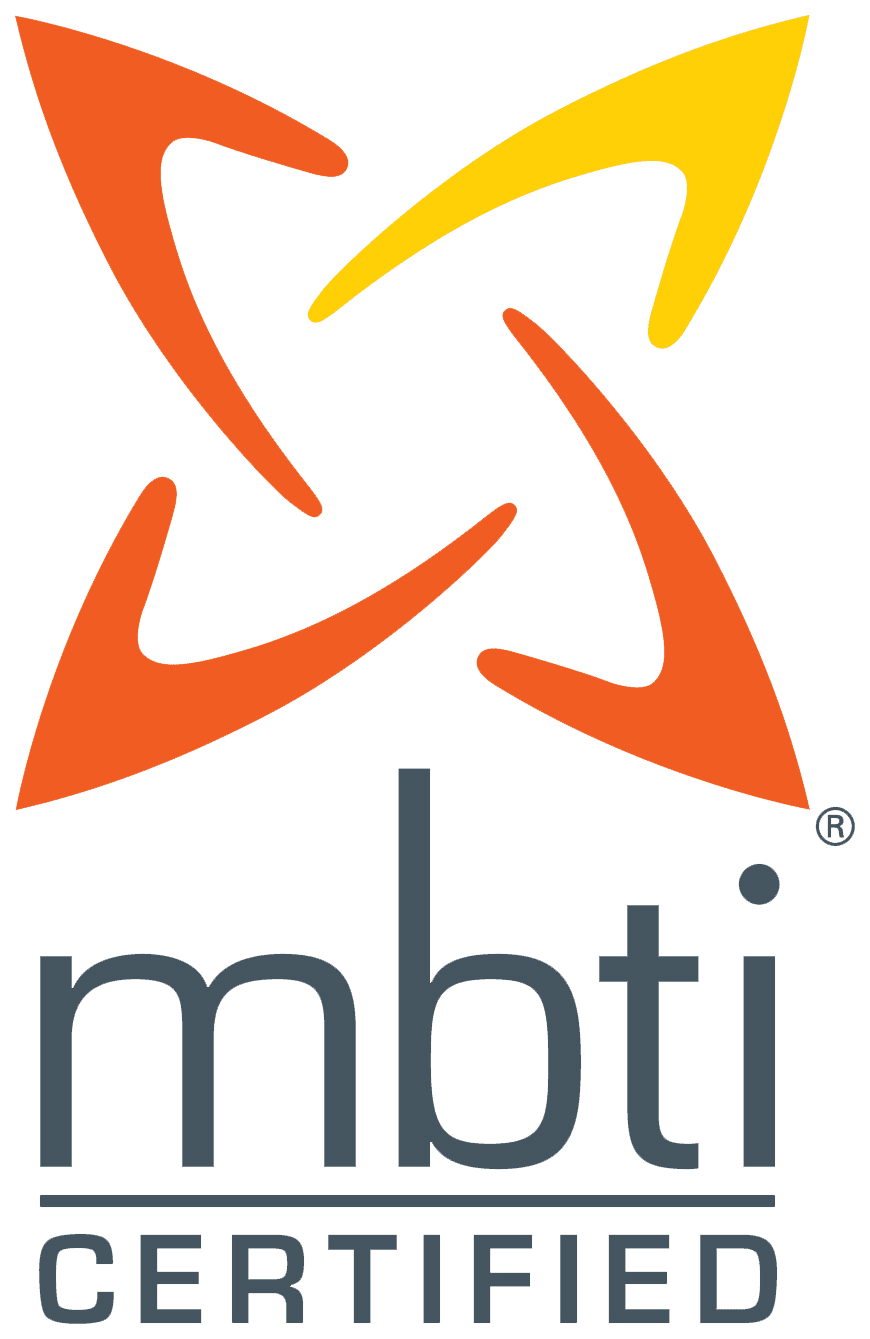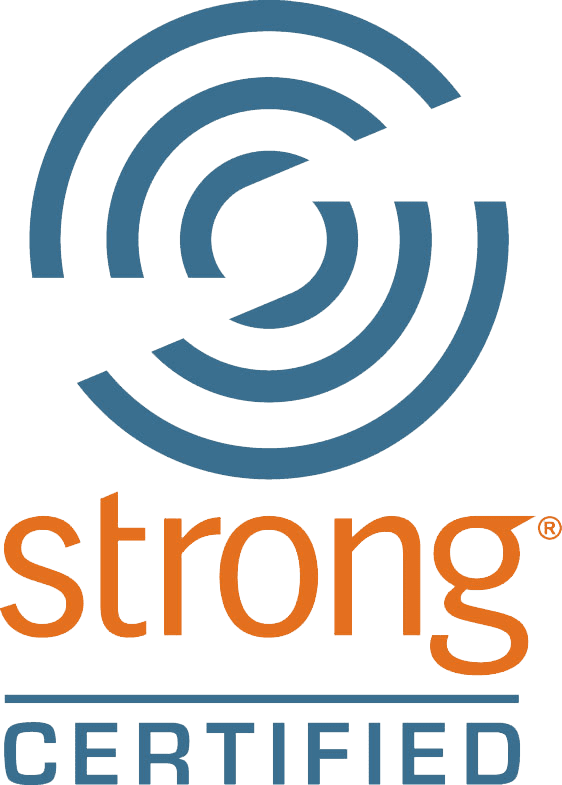Baz Luhrmann, Director, Writer and Producer once said that some of the most interesting people he knew didn’t know what they wanted to do at 22 or even 44 years of age. I took heart from his words because I was both and with hindsight, I can confidently say that this is OK. We all have our own starting point. So, I invite you to grant yourself some quality time and a conducive working space and get to work crafting your career goal. You can even start today! So, if you’re ready to move the dial from career confusion to career clarity I’d like to share with you the following seven activities:
Craft your Career Goal using the SMART acronym remembering that your goal is to be written in the positive and in the present tense because your goal is meant to inspire YOU!
Specific – It’s all about the ‘W’- what, when, where, who and why
Measurable – how will you know you have achieved your goal?
Attainable – your goal should be inspiring AND achievable
Realistic – your goals should be challenging whilst setting you up for success
Time-bound – Set the date for achieving your goal

To achieve your career goal depends ultimately on one thing – whether you take action. But what decides whether you take action in the first place? Quite simply, how motivated you are. Becoming clear about ‘why’ your career goal is important to you will help you succeed.
You may wish to consider the following questions:
Becoming clear about ‘why’ your career goal is important to you will help you succeed but so too will envisaging your career goal. Envisaging achieving your career goal is one of the secret ingredients to drawing you forward. This is because you’re connecting with your intentions on a much deeper level. So, this week I invite you to take inspiration from one, or more, of the following activities:
Identifying an obstacle/s can take place in the present, you’re responding in real time, or you can identify what you perceive to be a future obstacle. Either way, the identified obstacle will present you with a choice. To redefine the obstacle as a learning opportunity, complete with a new start line, or throw your hands up in the air with despair. This reminds me of the parable ‘The Obstacle in Our Path’.
In essence, minimising or eliminating an obstacle/s equates to conducting your own fact-finding mission. You will, through research and self-reflection, then be in a position to organise your thoughts and findings so as to prioritise where you need to channel your energies to move you forward.
On the way to achieving your career goal you’ll need to take stock of all available resources. And by resources I’m talking about something or someone that can supply or support you in achieving your career goal. You may even be surprised by the availability of resources because we generally have more at our fingertips than originally thought. We can all agree, however, that finance is an important resource but there are also other resources for you to tap into on your way to achieving your career goal:
Based on the above list of resources ask yourself these two questions:
To wrap up this exercise simply circle the additional resources that deserve further investigation AND support you in achieving your career goal. These are your WILL DO.
I often find a worthwhile goal requires us to look at and/or do things differently in order to experience success. This may be in terms of how we show up and/or behaviours that no longer serve us. The following is a fun brainstorming exercise specifically designed to move you closer to career goal clarity. Simply answer the following five prompts and do your best to come up with between three and five actions for each:
To achieve my career goal, I believe I will need to STOP doing ….
To achieve my career goal, I believe I will need to do LESS of ….
To achieve my career goal, I believe I will need to KEEP doing ….
To achieve my career goal, I believe I will need to do MORE of ….
To achieve my career goal, I believe I will need to START doing ….
When brainstorming these prompts be mindful that your identified actions should work for you in the context of your life. By this I mean, all actions should reflect who you are, be congruent with your values AND move you closer to career goal clarity. To wrap up this exercise simply circle the actions that will serve you best.
Here we are at the final activity and perhaps what is the most important – checking in to confirm that your values align with your SMART career goal. It’s well documented that our values are an important piece of the career exploration puzzle. Being able to identify and articulate what you value injects greater clarity into the career decision making process.
You can clarify whether your values align with your career goal in a relatively short span of time depending on where you’re at with your career exploration journey.
Step One: Identifying your values – there are a number of free online assessments available. One option is https://www.123test.com/work-values-test/
Step Two: From your list of career values create a Priority List of Career Values – these 8 to 10 top values will guide your career decision making process.
Step Three: Assess the degree of confidence you feel about the alignment between your priority values and your career goal. For example, 1 = unsure, 2 = no confidence, 3 = moderately confident, 4 = fully confident.
Step Four: Ask yourself this question – as a result of this exercise is there anything I need to explore more fully?
Congratulations, you’re now ready to continue with your career exploration journey basking in the knowledge that your career goal is a true reflection of who you are and how you want to contribute to the world.
Let’s talk about how career exploration coaching can enhance your self-knowledge, increase your opportunity awareness and inspire purposeful action.
Three key components in the identification of a meaningful and satisfying career pathway.




Baz Luhrmann, Director, Writer and Producer once said that some of the most interesting people he knew didn’t know what they wanted to do at 22 or even 44 years of age. I took heart from his words because I was both and with hindsight, I can confidently say that this is OK. We all have our own starting point. So, I invite you to grant yourself some quality time and a conducive working space and get to work crafting your career goal. You can even start today! So, if you’re ready to move the dial from career confusion to career clarity I’d like to share with you the following seven activities:

Craft your Career Goal using the SMART acronym remembering that your goal is to be written in the positive and in the present tense because your goal is meant to inspire YOU!
Specific – It’s all about the ‘W’- what, when, where, who and why
Measurable – how will you know you have achieved your goal?
Attainable – your goal should be inspiring AND achievable
Realistic – your goals should be challenging whilst setting you up for success
Time-bound – Set the date for achieving your goa
To achieve your career goal depends ultimately on one thing – whether you take action. But what decides whether you take action in the first place? Quite simply, how motivated you are. Becoming clear about ‘why’ your career goal is important to you will help you succeed.
You may wish to consider the following questions:
Becoming clear about ‘why’ your career goal is important to you will help you succeed but so too will envisaging your career goal. Envisaging achieving your career goal is one of the secret ingredients to drawing you forward. This is because you’re connecting with your intentions on a much deeper level. So, this week I invite you to take inspiration from one, or more, of the following activities:
Identifying an obstacle/s can take place in the present, you’re responding in real time, or you can identify what you perceive to be a future obstacle. Either way, the identified obstacle will present you with a choice. To redefine the obstacle as a learning opportunity, complete with a new start line, or throw your hands up in the air with despair. This reminds me of the parable ‘The Obstacle in Our Path’.
In essence, minimising or eliminating an obstacle/s equates to conducting your own fact-finding mission. You will, through research and self-reflection, then be in a position to organise your thoughts and findings so as to prioritise where you need to channel your energies to move you forward.
On the way to achieving your career goal you’ll need to take stock of all available resources. And by resources I’m talking about something or someone that can supply or support you in achieving your career goal. You may even be surprised by the availability of resources because we generally have more at our fingertips than originally thought. We can all agree, however, that finance is an important resource but there are also other resources for you to tap into on your way to achieving your career goal:
Based on the above list of resources ask yourself these two questions:
To wrap up this exercise simply circle the additional resources that deserve further investigation AND support you in achieving your career goal. These are your WILL DO.
I often find a worthwhile goal requires us to look at and/or do things differently in order to experience success. This may be in terms of how we show up and/or behaviours that no longer serve us. The following is a fun brainstorming exercise specifically designed to move you closer to career goal clarity. Simply answer the following five prompts and do your best to come up with between three and five actions for each:
To achieve my career goal, I believe I will need to STOP doing ….
To achieve my career goal, I believe I will need to do LESS of ….
To achieve my career goal, I believe I will need to KEEP doing ….
To achieve my career goal, I believe I will need to do MORE of ….
To achieve my career goal, I believe I will need to START doing ….
When brainstorming these prompts be mindful that your identified actions should work for you in the context of your life. By this I mean, all actions should reflect who you are, be congruent with your values AND move you closer to career goal clarity. To wrap up this exercise simply circle the actions that will serve you best.
Here we are at the final activity and perhaps what is the most important – checking in to confirm that your values align with your SMART career goal. It’s well documented that our values are an important piece of the career exploration puzzle. Being able to identify and articulate what you value injects greater clarity into the career decision making process.
You can clarify whether your values align with your career goal in a relatively short span of time depending on where you’re at with your career exploration journey.
Step One: Identifying your values – there are a number of free online assessments available. One option is https://www.123test.com/work-values-test/
Step Two: From your list of career values create a Priority List of Career Values – these 8 to 10 top values will guide your career decision making process.
Step Three: Assess the degree of confidence you feel about the alignment between your priority values and your career goal. For example, 1 = unsure, 2 = no confidence, 3 = moderately confident, 4 = fully confident.
Step Four: Ask yourself this question – as a result of this exercise is there anything I need to explore more fully?
Congratulations, you’re now ready to continue with your career exploration journey basking in the knowledge that your career goal is a true reflection of who you are and how you want to contribute to the world.




56 Grovenor Drive, Orewa
+64 21 41 88 22
coaching@careerlogic.co.nz
If you’re looking for a little inspiration, get in touch for your free 20-minute career conversation.